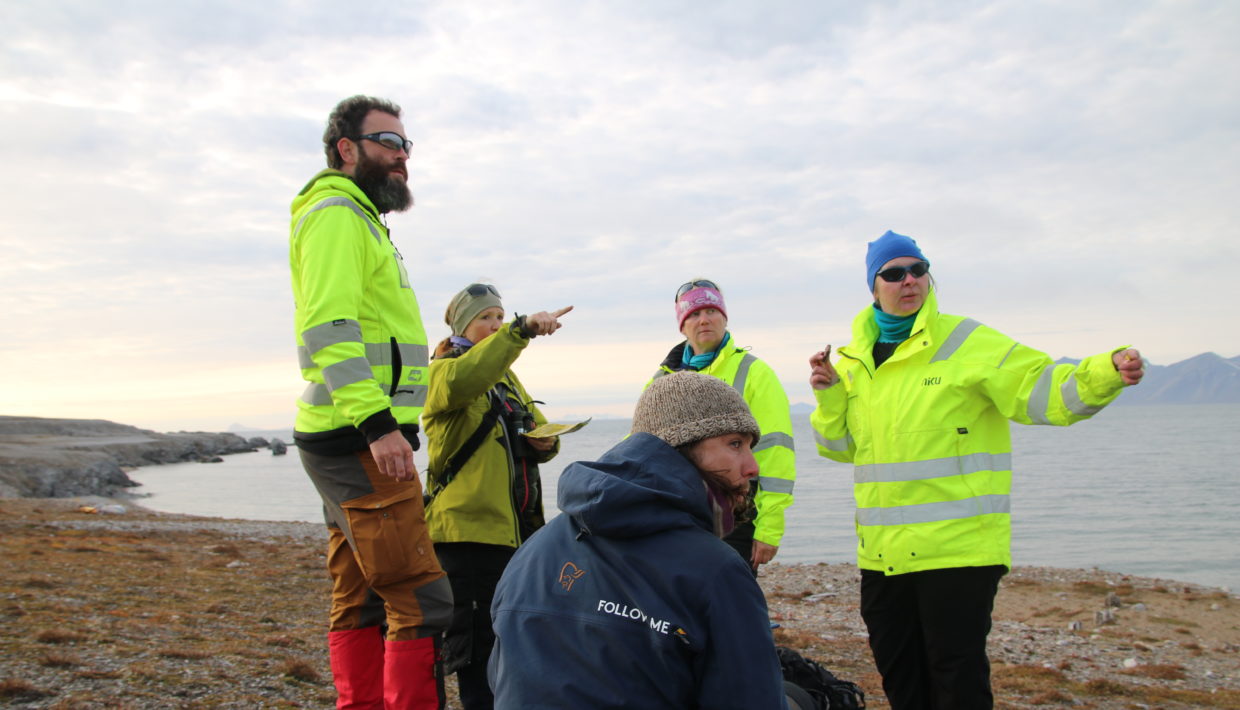
New CULTCOAST article
Coastal Erosion Affecting Cultural Heritage in Svalbard. A Case Study in Hiorthhamn (Adventfjorden)—An Abandoned Mining Settlement
From the abstract:
Hiorthhamn is an abandoned Norwegian coal mining settlement with a loading dock and a lot of industrial infrastructure left in the coastal zone.
In this study, changes in the position of 1.3 km of the Hiorthhamn shoreline, which affect cultural heritage, is described for a time-period spanning 92 years (1927–2019).
The shoreline positions were established based on a map (1927), orthophotos (2009) and a topographic survey with differential Global Positioning System (GPS) (summer 2019).
Detailed geomorphological and surface sediment mapping was conducted to form a framework for understanding shoreline-landscape interaction.
The shoreline was divided into three sectors to calculate the erosion/stability/accretion rates by using the DSAS (Digital Shoreline Analysis System) extension of ArcGIS. The DSAS analysis showed very high erosion in Sector 1, while Sectors 2 and 3 showed moderate accretion and moderate erosion, respectively.
Sector 1 is geologically composed of easily erodible sorted beach sediments and protected remains from the mining industry such as wrecks of heavy machines, loading carts, wagons and rusty tracks that are directly exposed to coastal erosion.
The all-sector average shoreline erosion rate (EPR parameter) for the 92 years period was −0.21 m/year.
The high shoreline erosion rates in Sector 1, together with the high potential damage to cultural heritage, supports the urgent need of continued coastal monitoring and sustainable management of cultural heritage in Hiorthhamn
Read and download the full article here (Open Access)

